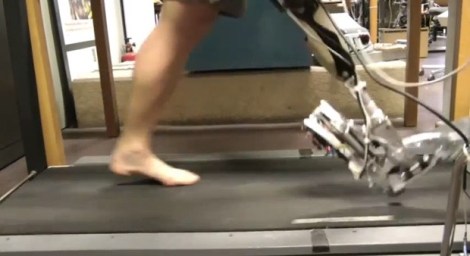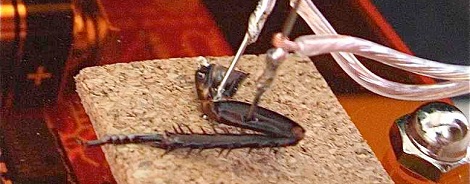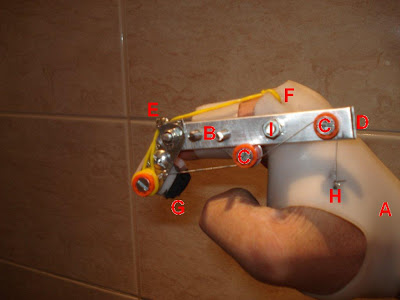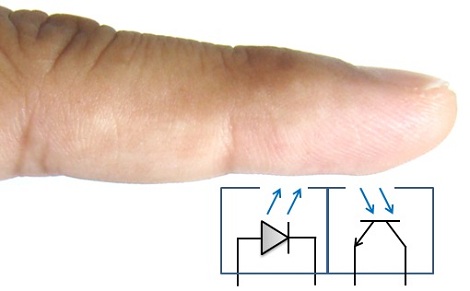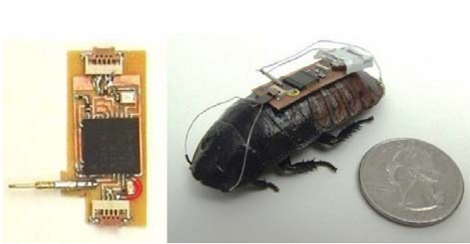The natural movement and functional power of the ankle and foot during a step , while appearing fairly simple, are amazingly difficult to replicate with a prosthetic. Usually it requires a fast and fairly powerful motor to provide the forward push and then whip that foot up as we pull our leg forward. However, recent projects have managed to do some amazing jobs at achieving this difficult task. Belgium’s Vrije Universiteit Brussel has released the video (below the break) of the “AMP-Foot 2.0” that pulls this off very well.
The main idea behind the AMP-Foot 2.0 is to have the actuator work longer with a lower power rating while the produced energy is stored in elastic elements and released when needed for propulsion. The device is designed to provide 100% of push-off for a 75 kg subject walking at normal cadence on ground level.
[via Engadget]
Continue reading “Prosthetic Foot And Ankle Have Amazingly Natural Movement”

